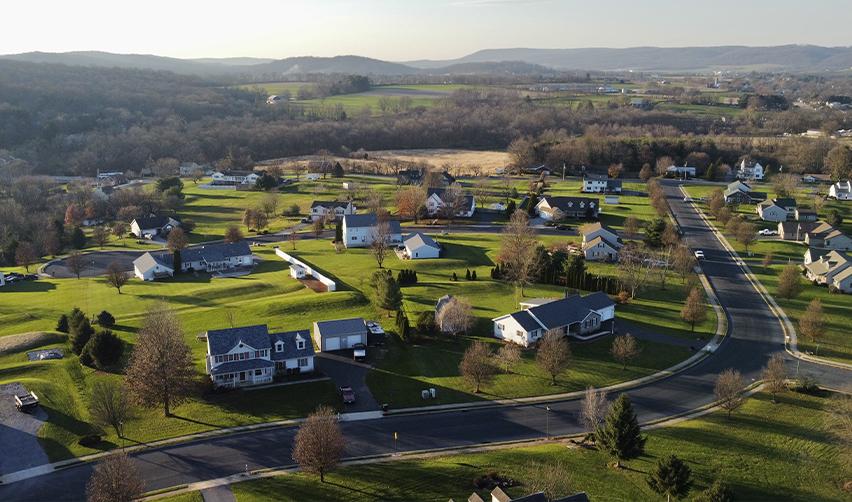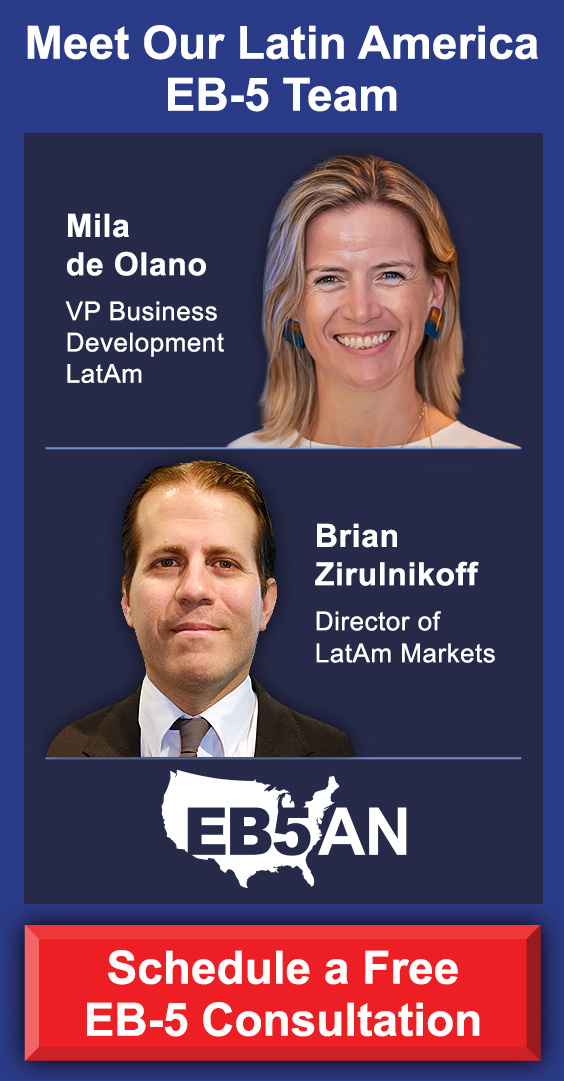The EB-5 Immigrant Investor Program has long been a popular pathway to obtaining a U.S. Green Card, offering foreign nationals the opportunity to live and work in the United States by making a qualifying investment in a U.S. new commercial enterprise. While the EB-5 program has evolved over the years, a shift in the government’s petition processing principles, particularly for rural targeted employment area (TEA) projects, presents a compelling opportunity for potential investors.
In this article, we will explore how the acceleration in EB-5 processing times benefits rural TEA investors, discuss why this is an ideal time to act, and highlight the positive trends around rural project approvals.
Understanding the EB-5 Program and Rural TEA Designation
Why Now Is a Smart Time to Act for Rural TEA Investors
EB5AN Can Help You Invest in a Low-Risk Rural Project
Understanding the EB-5 Program and Rural TEA Designation
To begin, it’s important to understand the basics of the EB-5 Immigrant Investor Program. Established in 1990, the EB-5 program allows international investors and their immediate families to obtain a U.S. Green Card by making a qualifying investment in a new commercial enterprise that creates at least 10 full-time jobs for U.S. workers.
With the EB-5 Reform and Integrity Act of 2022 (RIA), the U.S. government introduced provisions to incentivize investment in rural and underserved areas. A rural TEA is defined as a location that is outside of a metropolitan statistical area, that is not located on the outer boundary of any city or town having a population of 20,000 or more and has a population of no more than 20,000 according to the most recent decennial census. Rural areas tend to have less investment and fewer job opportunities, so offering incentives to foreign investors helps stimulate growth in these regions.
Rural TEA investments offer several advantages for EB-5 investors. First, they qualify for a lower minimum investment amount—$800,000 instead of the standard $1,050,000—if the project is in a rural area or a high-unemployment zone.
Second, rural TEAs receive the largest share of set-aside visas. This gives investors from high-demand countries a chance to apply under “current” visa categories rather than facing long waits in the backlogged unreserved pool.
As noted earlier, these projects are also eligible for priority processing under the RIA, allowing investors to receive their conditional EB-5 Green Cards in under a year.
Why Now Is a Smart Time to Act for Rural TEA Investors
Rural TEA projects have consistently received high approval rates due to the benefits they provide to both the U.S. economy and the investor community. These projects typically focus on job creation and revitalizing underserved areas, which aligns well with USCIS program goals. But this growing demand also means higher competition in visa numbers, which means it is best to act sooner than later when it comes to securing a priority date.
The January 2025 Visa Bulletin hinted at potential backlogs in targeted employment areas (TEAs), particularly in the high-unemployment category, which could soon affect the “current” status that many investors have been accustomed to. While the visa bulletin has not yet officially reflected this backlog, data suggests that applicants from countries like China and India may soon face longer waiting times for their EB-5 petitions.
If these backlogs are officially reflected in future visa bulletins, the ability to file for adjustment of status concurrently with the EB-5 petition could be lost, significantly affecting the timing and process for many investors. This change will especially impact investors who had planned to adjust their status through concurrent filing and reserve their rights to lawfully stay and work in the U.S.
Given the potential for retrogression in the high-unemployment TEA category, rural TEAs present a more strategic choice for EB-5 investors at this moment. Rural TEAs may remain unaffected by retrogression and continue to offer more predictable processing timelines, preserving the option for concurrent filing. Even if the rural category does get affected by visa retrogression, it is estimated to be a less severe and shorter backlog.
EB5AN Can Help You Invest in a Low-Risk Rural Project
In summary, the priority processing provision of the RIA paired with the “current” status of the rural TEA category on the latest visa bulletin present a strong case for investors to take action today. And As you consider your investment options, it is key to seek guidance from seasoned EB-5 industry professionals.
EB5AN has helped more than 2,300 families from 70+ countries relocate to the United States as lawful permanent residents. Our team has more than a decade of experience and offers clients first-rate, low-risk EB-5 regional center projects with a 100% USCIS project approval rate.
If you would like to know more about your EB-5 investment options, book a free call with our expert team today.









